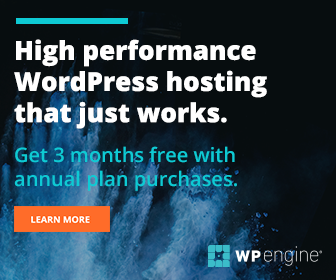How to Choose a CMS
2. What are the project needs?
What kind of site is this? Is it an online store? Is it a community-driven site? A blog? A simple “brochure” website? How many pages will it have? Will it have multiple translations? The nature of what kind of website you are building is one of the biggest factors in what CMS you should be using. Some CMS’s are pretty flexible and can handle a variety of applications, but there is not a one-size-fits-all CMS that will work for everyone.
Once you have the nature of the website nailed down you need to start asking the question “what tasks is the client going to need to be able to accomplish on their own, without a designer or programmer being involved?” As designers or programmers it’s easy to think of this question as “what features or functionality will the CMS need to have?” but it can be dangerous (and limiting) to immediately jump to those conclusions. Instead think about it from their perspective, as tasks that will need accomplished, and then think about “features”.
Sit down with the client or call them up and have a conversation about this. Asking the question above is a great place to start. Understanding the project needs at the beginning of the project is essential. It’s the worst thing when you sit down with the client to train them on the CMS after the website is up and they say “Oh, it’d be cool if we could add a photo gallery here.” Get them to think about what they need before the project starts. Ask questions, lots of questions.
Try to understand what their process will be when posting content. Is one person going to take charge of their website (Is it the secretary?) Will there be multiple people? What kind of a review/editing process will there be? Does the content get archived after a certain amount of time? Does it ever get deleted?
Basic “brochure-type” websites are the most common, so we’ll start there. They’re often about 5-25 pages with information about the organization, its staff, and its purposes. Almost every CMS can accomplish something like this. But you need to be able to dig deeper into what the client needs. Do they want a blog-type of page with news? Do they want to be able to post photos or other media? Will there be a contact form? What will they do with the information they receive through the contact form?
Community-driven websites have different needs. How will the users interact with the website? Are they commenting on posted content? Are they contributing the content themselves? Is it a forum where there is a discussion back and forth between users? Does a calendar keep track of upcoming events? What are they doing while they are there? You need to decide how much control you want to have, does everything get posted on the site immediately, or is there a moderating process that happens before it goes live?
A product driven website, or an online store is a whole different beast altogether. The project needs focus around what kind of information each product is going to have? Is it as simple as a product photo, description, and price? Or is each product a whole section of the website with feature pages, photo galleries, and movies? The actual buying process must be extremely well thought out, and shouldn’t be taken lightly. How much information is required of the buyer? When do you add in shipping and taxes? How does the user know that the sale is final? Can they come back and cancel their order later on?
Next section: The Logistics
